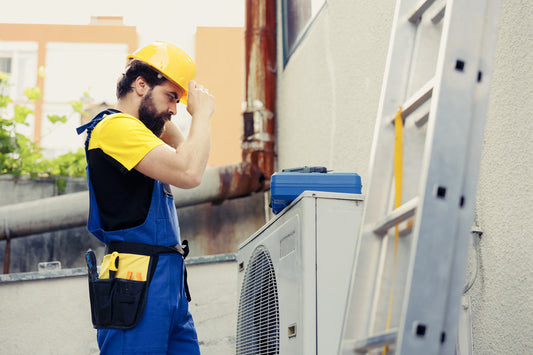Introduction
In the quest for a comfortable and efficient home, the significance of managing condensate from heating systems cannot be overstated. This guide embarks on an exploratory journey into the realm of condensate pumps for furnaces. It sheds light on their critical role, guides you through the selection process, and offers invaluable tips on installation and upkeep.
Understanding the mechanics and benefits of condensate pumps is the first step towards safeguarding your home from potential water damage and ensuring the longevity of your heating system.
What is a Condensate Pump?
A condensate pump is not just any tool; it's a guardian of your home's integrity. Designed to tackle the water produced during the heating process, this pump addresses the challenge of condensate accumulation head-on. Without proper management, condensate can lead to undesirable outcomes, including water damage and the deterioration of your heating system's efficiency.
The pump's mission is to transport this water safely out of your home, thus preserving the functionality and condition of your heating setup.
Why You Need a Condensate Pump
The Role of Condensate Pumps
Condensate pumps are unsung heroes in homes, particularly where natural drainage is absent or inadequate. They stand as a barrier against the accumulation of water, which, if left unchecked, could foster mold growth or cause structural damage. By ensuring that your home remains dry, these pumps play a pivotal role in maintaining a safe and comfortable living environment.
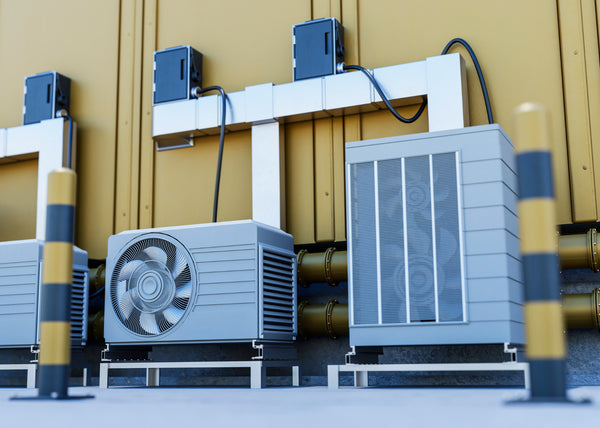
Selecting the Right Condensate Pump
Understanding Max Lift
The concept of max lift is crucial when choosing a condensate pump. It refers to the pump's ability to elevate water to a certain height, a feature particularly important in homes with basements or multiple levels. Ensuring that the pump has adequate max lift capacity is essential for effective water removal.
Evaluating GPM Requirements
The gallons per minute (GPM) rating of a pump is a measure of its capacity to handle water. It's vital to select a pump with a GPM rating that matches the volume of condensate your system produces. This ensures that the pump operates efficiently and extends its service life.
Assessing Tank Capacity
The size of the pump's tank plays a significant role in its operation. A larger tank can hold more water, which means the pump can run less frequently in high-humidity conditions. This not only reduces wear and tear on the pump but also ensures it operates more quietly and efficiently.
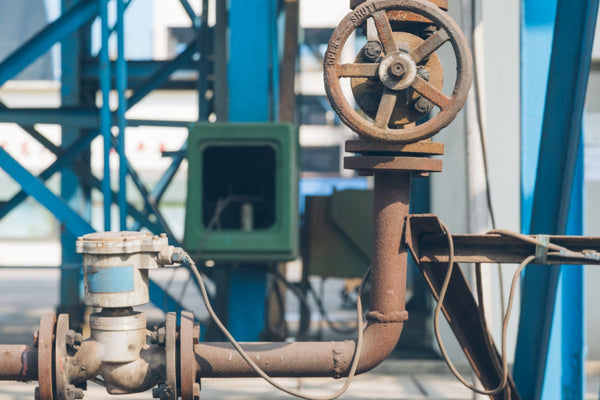
Image by fanjianhua on Freepik
Installation Tips
Preparing for Installation
Installation success begins with preparation. Understanding both your heating system's specifics and the pump's requirements is paramount. This section will guide you through the necessary preparatory steps, ensuring a smooth installation process.
The Installation Process
With the right tools and a bit of know-how, installing a condensate pump can be a straightforward task. This guide will walk you through each step, from positioning the pump to connecting it to your heating system, ensuring a hassle-free setup.
Maintenance and Troubleshooting
Regular Maintenance
Routine maintenance is the key to the longevity and efficiency of your condensate pump. This section outlines the essential maintenance tasks that will keep your pump running smoothly, from cleaning the tank to checking the float switch.
Identifying Common Issues
Familiarity with common issues that can afflict condensate pumps is invaluable. This knowledge can help you prevent problems before they start or address them swiftly should they arise.
Troubleshooting Tips
When issues do occur, having a set of troubleshooting tips at your disposal can be a lifesaver. This section provides practical advice for diagnosing and resolving common pump problems, saving you time and potentially costly repairs.
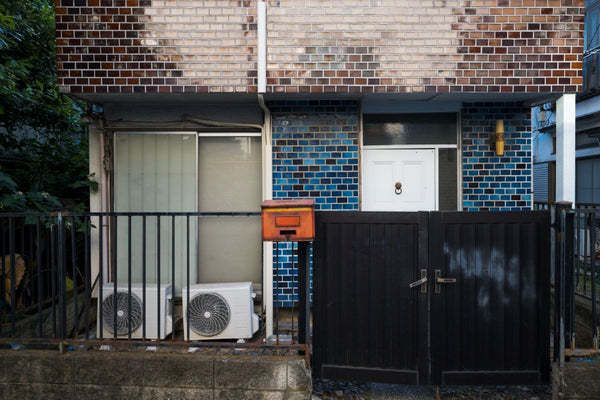
Enhancements and Upgrades
Upgrading Your Pump
As technology advances, so do the features and efficiency of condensate pumps. Upgrading your pump can offer enhanced performance and features, such as quieter operation or built-in alarms. This section explores the benefits of upgrading and what to look for in a new pump.
Additional Enhancements
Beyond basic upgrades, several enhancements can further improve the performance and reliability of your condensate pump system. From alarms that alert you to high water levels to automatic shut-off features that prevent overflows, this section discusses the options available to you.
Environmental Considerations
Energy Efficiency
Opting for an energy-efficient condensate pump not only reduces your carbon footprint but can also lead to significant savings on your energy bills. This section highlights the advantages of energy-efficient models and how to identify them.
Eco-Friendly Disposal
When it's time to replace your condensate pump, proper disposal is important for the environment. This section offers guidance on how to dispose of your old pump in an eco-friendly manner, ensuring that it doesn't harm the planet.
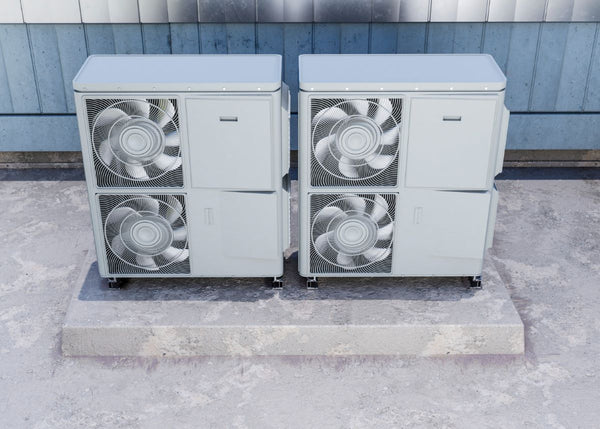
Conclusion
Effectively managing condensate is a cornerstone of maintaining a healthy and efficient home heating system. By carefully selecting the right condensate pump, adhering to installation best practices, and committing to regular maintenance, you can protect your home from moisture-related issues and enjoy a comfortable living environment.
Remember, the right condensate pump is not just an investment in your heating system; it's an investment in your home's overall well-being.
FAQs
1. What is the average lifespan of a condensate pump?
The average lifespan of a condensate pump for a furnace typically ranges between 5 to 10 years. However, this can vary based on the quality of the pump, the frequency of its use, and how well it is maintained. Regular maintenance and proper installation can extend the life of your pump, ensuring it operates efficiently for as long as possible.
2. How often should I perform maintenance on my condensate pump?
It's recommended to perform maintenance on your condensate pump for furnace at least once a year. This should include cleaning the pump, checking for any signs of wear or damage, and ensuring that the float switch is functioning properly.
Additionally, inspect the discharge line for any blockages or leaks, as these can affect the pump's performance. Regular maintenance not only extends the life of your pump but also ensures it operates efficiently, preventing potential water damage to your home.
3. Can I install a condensate pump myself, or should I hire a professional?
Installing a condensate pump for your furnace can be a DIY project if you have basic plumbing and electrical knowledge. Most condensate pumps come with installation instructions that are straightforward to follow. However, if you're not comfortable with the installation process or if your heating system requires a more complex setup, it's wise to hire a professional.
A professional installation ensures that your pump is set up correctly and operates efficiently, providing peace of mind and potentially saving you from costly mistakes.
4. What are the signs that my condensate pump needs to be replaced?
Several signs indicate it might be time to replace your condensate pump for furnace. These include:
- Frequent Overflows: If the pump's reservoir frequently overflows, it might indicate a malfunctioning pump or a blockage in the system.
- Strange Noises: Unusual noises coming from the pump can signal a failing motor or other mechanical issues.
- Continuous Operation: If the pump runs continuously without shutting off, it could be a sign of a faulty float switch or a problem with the pump mechanism.
- Lack of Water Movement: If the pump appears to be running, but water isn't being expelled, there could be a blockage or damage to the pump.
If you notice any of these signs, it's advisable to consult with a professional to determine whether repair or replacement is the best course of action.
5. Are there any environmentally friendly condensate pumps available?
Yes, there are environmentally friendly condensate pumps available for furnaces. These pumps are designed to be energy-efficient, using less electricity to operate, which reduces their environmental impact. Additionally, some models are made from recycled materials or are designed to be easily recyclable at the end of their lifespan.
When shopping for a new condensate pump, look for models that emphasize energy efficiency and sustainable materials to contribute to a healthier environment.


